-
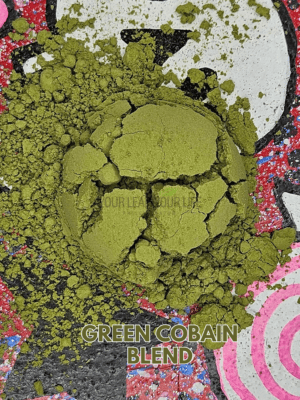 Green Vein Kratom1414 products
Green Vein Kratom1414 products -
 Red Vein Kratom1111 products
Red Vein Kratom1111 products -
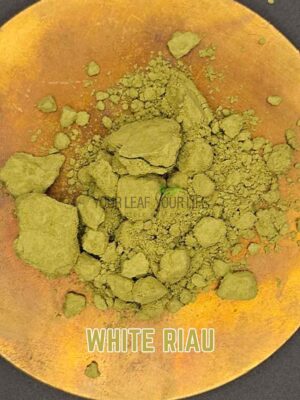 White Vein Kratom88 products
White Vein Kratom88 products -
 Yellow Vein Kratom33 products
Yellow Vein Kratom33 products -
 Kratom Strains2424 products
Kratom Strains2424 products -
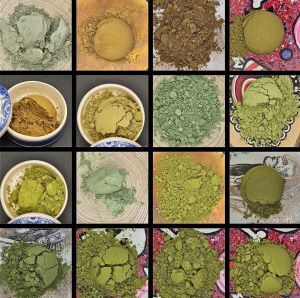 4 Way Splits44 products
4 Way Splits44 products -
 Stem and Vein Kratom11 product
Stem and Vein Kratom11 product -
 Digital Gram Scales55 products
Digital Gram Scales55 products -
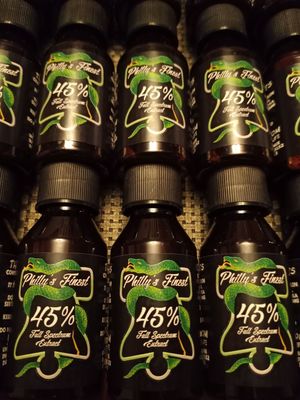 Enhanced Extract Kratom2020 products
Enhanced Extract Kratom2020 products -
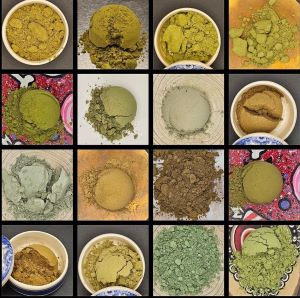 Kratom Sample Packs44 products
Kratom Sample Packs44 products -
 Blate Papes44 products
Blate Papes44 products -
 Kratom Capsules33 products
Kratom Capsules33 products -
 Break Time Blend11 product
Break Time Blend11 product -
 Crushed Leaf Kratom22 products
Crushed Leaf Kratom22 products -
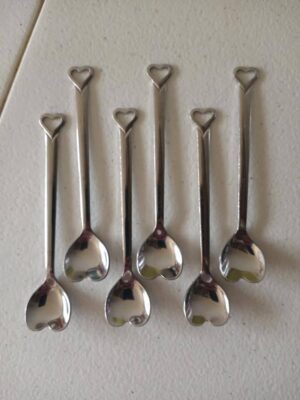 Collectible Kratom Spoons1313 products
Collectible Kratom Spoons1313 products
Showing the single result
- Kratom Strains
Red Stem and Vein
$12.00 – $36.00Price range: $12.00 through $36.00 Select options This product has multiple variants. The options may be chosen on the product pageRated 5.00 out of 5
Stem and Vein Kratom Queries
Stem and vein kratom refers to the parts of the kratom plant excluding the leaves. The stem provides structural support, and the veins are crucial for transporting nutrients. These parts have a unique alkaloid profile and may offer different effects compared to the leaf.
Stem and vein kratom is believed to have a milder effect and a different alkaloid profile. This can result in a nuanced experience, with some users reporting a longer-lasting but less intense effect compared to leaf kratom.
Individuals might opt for stem and vein kratom for a variety of reasons, including a desire for a milder experience, to explore the unique effects attributed to the different alkaloid profiles, or to moderate tolerance levels developed from regular leaf kratom use.
Yes, some users blend stem and vein with leaf kratom to adjust the potency and effect profile of their kratom experience. This practice can also help in managing tolerance levels.
Stem and vein kratom can be consumed in similar ways to leaf kratom, including brewing it into a tea, taking it in capsule form, or using it as a powder in food or beverages. However, textures and flavors may vary due to the different parts of the plant used.
The legality of stem and vein kratom is tied to the legal status of kratom in your area. It is important to research and comply with local laws regarding kratom use and possession.
Store stem and vein kratom in a cool, dry place, away from direct sunlight. Keeping it in an airtight container will also help preserve its potency and freshness.
While generally considered to have milder effects, stem and vein kratom can still cause side effects similar to leaf kratom, including nausea, drowsiness, or dizziness, especially when consumed in large amounts.
Some users report using stem and vein kratom as a way to lower their tolerance to the more potent leaf kratom. Its different alkaloid profile can help reset the body’s response to kratom over time.
Stem and vein kratom can be purchased from reputable vendors specializing in kratom products. It is crucial to buy from sources that conduct independent lab testing to ensure product quality and safety.
